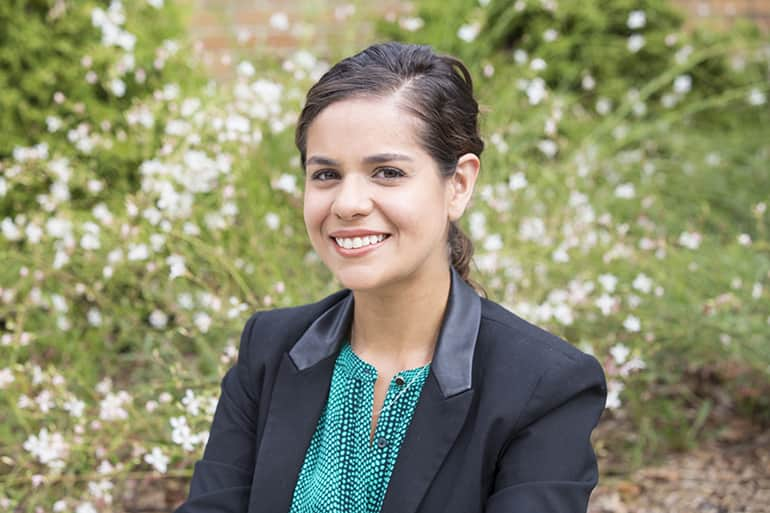In an effort to educate students on "fake news", faculty from the School of Journalism in the College of Communication Arts and Sciences are working to include fake news topics in their courses, teaching students to understand the definition of fake news and its different applications.
A big part of sniffing out real news from the fake is learning how to detect misinformation and promote media literacy.
"Our graduate-level social media class (JRN 821) has four weeks dedicated to 'fake news'," said Rachel Mourao, assistant professor in the School of Journalism. The class covers "misinformation, verification and political discussions on online networks."
Students are taught to analyze how misinformation spreads on social networks, as well as strategies on how to detect and debunk false stories. But, that may be a tough job to accomplish.
It can be difficult to say with certainty whether something is 100% fake news right now. According to Mourao, some sites are not only in the business of fake news, but also post several real news stories with an added layer of opinion. Others are one-hit wonders, but never gain traction again.
"It is fairly common for them to just aggregate news stories from mainstream media and add a twist, like a sensational headline that actually never delivers. It is an issue that is much more complex than saying 'this is real' and 'this is fake,'" said Mourao.
Fake news is something the faculty and students at ComArtSci are working together to combat. A handful of faculty from the college, including Mourao, met for a roundtable discussion in March to discuss fake news with graduate students. Many are leading the charge on how to spot and fight fake news.
"The round table brought together so many different perspectives on this issue," said Mourao. "It looks like we are only seeing the tip of the iceberg when it comes to media effects and information processing. I look forward to the outcomes of all the research that is being conducted here."
Though not a topic that can be fixed overnight, Mourao is working with a group of researchers to uncover the different types of fake news and their conceptual distinctions. This includes analyzing the impact of fake news on news media trust and building a taxonomy of false or misleading news articles.
By Nikki W. O'Meara
